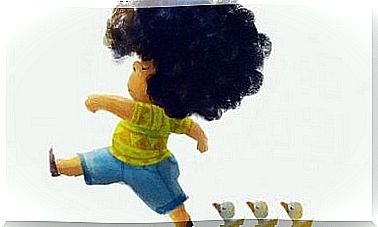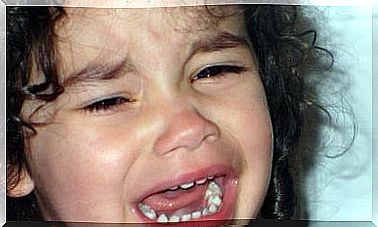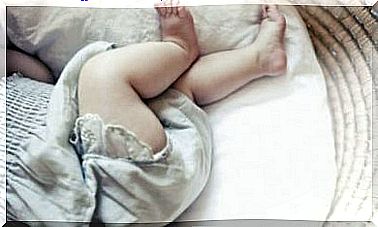Palm Oil’s Dangers For Children
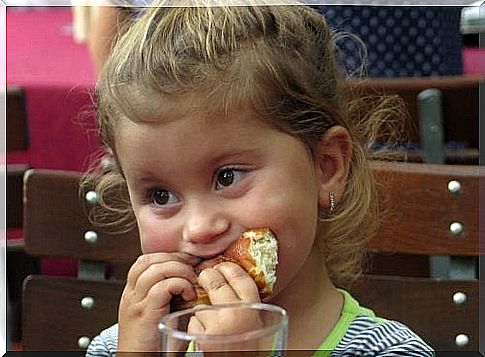
For a few months, parents have been concerned about the harmful effects of palm oil. The controversy arose, above all, with the creation of food products aimed at children and even pediatric populations. Many nutritionists advise against products made with this oil due to its unhealthy fat composition.
Many parents wonder if its effects are harmful to their children’s bodies. Is it really dangerous for children? Why is it used in foods such as baby food or baby milk? Can we choose foods that contain healthier fats for them?
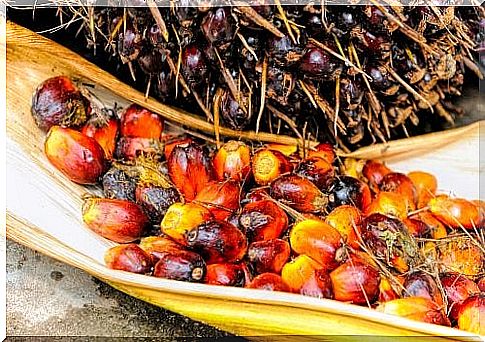
palm oil
Currently, palm oil is the most used in the world, more than soy or canola oil. It is made using the fruits of the African palm, oil palm. It is used as a raw material for the creation of products for the food and cosmetics industry. It’s cheap and enhances the flavor. This oil is found in many foods such as industrial cakes, potatoes and snacks, baby milk and baby food.
A few years ago, the problem was hydrogenated fats that proved to be harmful to health. They have now been replaced in many foods. But the problem is that its substitute, palm oil, is rich in saturated fats, which is also not a good nutritional option. Palm oil has only 9 kcal per gram, like any fat. The difference lies in the composition of fatty acids, mostly saturated, considered unhealthy.
This controversy arose from a study carried out by the European Food Safety Authority (EFSA) which warns about the risk of certain refining processes for this type of vegetable fat. The work refers to the possible presence of toxic compounds derived from the industrial process of treating this oil at a temperature of more than 200 degrees and the presence of certain contaminating additives.
Palm oil is widely used because it is cheap and versatile. It can be found in many foods that children with unhealthy diets consume, such as industrial cakes, chocolate creams, French fries and all kinds of snacks, pre-cooked dishes or sauces.
EFSA has established safety levels for contaminants in food. But its use in pediatric foods such as formula milk or baby food remains controversial.
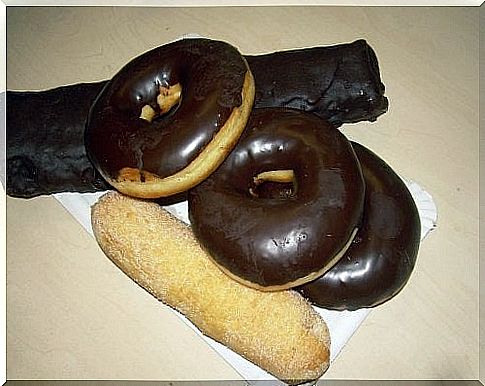
Palm oil in baby food
Babies under six months of age can be overexposed to palm oil if they are fed only with infant milk for the first few months of life. Several artificial milks look for the lipid profile of breast milk.
Palm oil is the one that most resembles both in its composition and in its texture. In most countries, the standard for its use in infant milk brands is already well defined.
In relation to baby food, many experts believe that they should have more healthy fats such as olive or sunflower oil. It is also used in products that are widely consumed by children, such as chocolate creams, cookies or ready-to-eat foods.
avoid consumption
Nutritionists recommend avoiding its consumption, especially children, because it is an oil rich in saturated fats. These products are not a good alternative from the point of view of nutritional balance.
The most important thing is to specify the composition of each product on the label, making it simpler to identify those that contain palm oil and those that do not. In many countries it is already mandatory to put the composition of food on the label. Thus, consumers can choose products with healthier fats. Mothers can also check whether the products they buy contain unhealthy fats.
Experts do not advise consuming too many products that contain palm oil. It is best to consume products made with olive oil or sunflower oil. These oils are more healthy and beneficial to health.
A piece of advice that all parents should follow whenever buying food for their children. Always look at labels and see what each product contains. Try to make your children consume less products made with palm oil.

